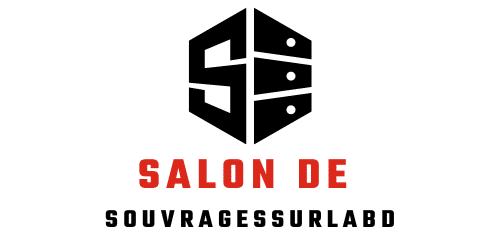Managing linux patches: an essential guide for administrators
Effective Linux patch management is vital for maintaining system security and stability. This guide provides comprehensive strategies, including regular patch audits, robust testing environments, and schedule updates to minimize downtime. Discover the best practices for both automated and manual patching methods, and learn how tools like linux patch can streamline your updates with AI-powered CVE reporting and One-Click Update features. Ensure your Linux systems remain secure and reliable effortlessly.
Best practices for linux patch management
Effective patch management is an essential pillar of security and stability for Linux systems. There are proven practices for keeping your servers up to date and protecting yourself against vulnerabilities. For more information on Linux patches, visit https://linuxpatch.com/.
A lire aussi : How Might Biocompatible Electronics Shape the Future of Implantable Devices?
Regular patch audits and compliance checks
Performing regular patch audits ensures that all systems are up-to-date and compliant with organizational security policies. This involves checking for missing patches, evaluating their criticality, and verifying their deployment. Consistent audits help in identifying security vulnerabilities and ensuring that patches are applied in a timely manner to mitigate risks.
Implementing a robust testing environment before deployment
Before rolling out patches to production, it’s essential to implement a robust testing environment. This environment mimics the production setting and allows for thorough testing of patches to identify potential issues. Testing helps in ensuring that patches do not introduce new problems, thereby maintaining system stability and security.
Avez-vous vu cela : How Can AI-Driven Sentiment Analysis Improve Brand Monitoring?
Scheduling updates during maintenance windows
To minimize downtime, schedule updates during maintenance windows. These designated periods are planned to cause minimal disruption to regular operations. By aligning patch deployments with these windows, organizations can ensure that critical systems remain operational while updates are applied seamlessly.
Automated and Manual Patch Management Strategies
To maintain an optimum level of security, system administrators need to find the right balance between automation and manual control in their patch management strategy. There are a number of proven approaches to patching Linux systems effectively.
Advantages of automated patch management tools
Automated patch management tools streamline the update process, reducing human error and ensuring timely deployment. These tools can scan, download, and apply patches across multiple systems with minimal intervention. Key benefits include enhanced efficiency, improved security, and reduced downtime. Automated patch management tools also facilitate compliance with security policies by ensuring all systems are consistently updated.
Manual Patch Management: when and Why to Use It
Manual patch management is essential for critical systems where precision and oversight are paramount. Situations requiring manual patches include custom configurations, patches with known issues, or environments with strict compliance requirements. This method allows administrators to scrutinize updates closely, ensuring they do not introduce vulnerabilities.
Balancing Automation with Manual Oversight
Striking a balance between automation and manual oversight is crucial for optimal system security. Automated tools handle routine updates efficiently, while manual intervention ensures critical systems receive the attention they require. This hybrid approach optimizes update processes, enhances security, and maintains system stability.
Leveraging patch management for efficient patch management
Linux Patch provides a robust solution for Linux patch management, ideal for individual developers and enterprises. Its key feature, one-click update, streamlines the patch deployment process, reducing the time and effort required to keep systems secure. With this feature, administrators can apply updates to multiple servers with a single click, minimising downtime and ensuring system security is maintained.
Additionally, Linux Patch incorporates AI-powered CVE reporting, enhancing security compliance by providing timely alerts about critical vulnerabilities. This advanced reporting tool helps in prioritizing security patches, ensuring that the most pressing vulnerabilities are addressed promptly.
Integrated Healthchecks Monitoring is another critical feature, offering real-time insights into system components. This proactive monitoring aids in identifying potential issues before they escalate, contributing to overall system stability.
Finally, the purpose-based grouping feature allows for selective updates, enabling administrators to deploy patches only where necessary, thus optimizing resource use.
